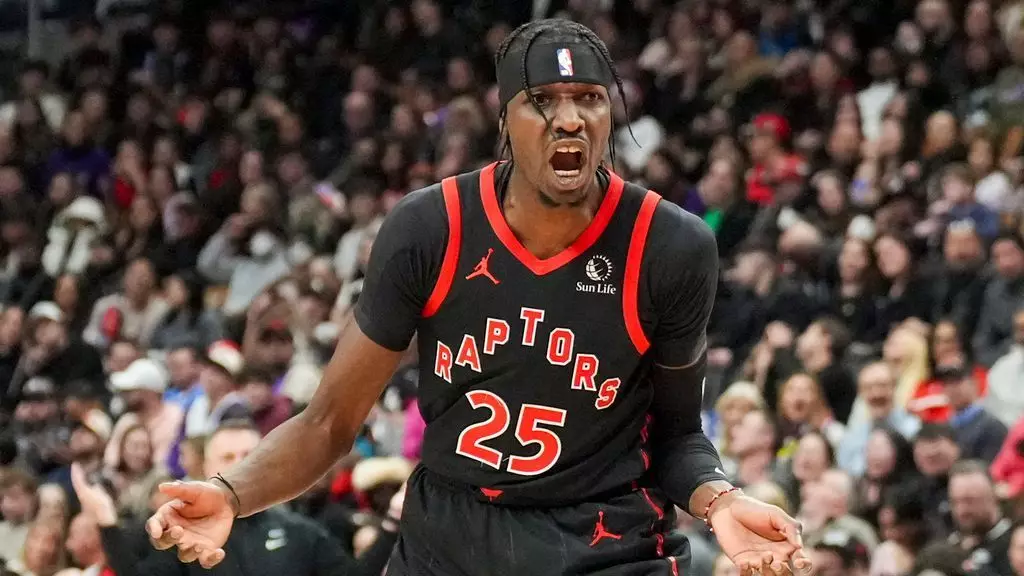In a bold move designed to maximize their championship potential, the Boston Celtics are demonstrating a level of strategic brilliance that could redefine their season’s trajectory. By trading Georges Niang and future second-round picks to Utah, Boston excels at balancing the delicate equation of roster talent and salary cap management. This trade isn’t solely about acquiring a new player; it’s a calculated effort to optimize financial flexibility, as evidenced by their savvy maneuvering around the luxury tax threshold.
The use of Niang’s $8 million salary to absorb into Utah’s trade exception, born from the John Collins deal, showcases Boston’s meticulous approach to cap flexibility. It’s a move that reveals a keen understanding of the NBA’s complex financial landscape—saving approximately $34 million in luxury tax penalties and dramatically reducing payroll from a staggering $540 million to under $240 million since the draft. Such fiscal discipline not only boosts short-term flexibility but also signals an intent to build a sustainable, championship-caliber core rather than chasing quick fixes through expensive signings.
Shifting the Roster Dynamics with Purpose
Acquired as part of the Kristaps Porzingis trade, Georges Niang served as a versatile floor spacer, with a career 39.9% shooting from beyond the arc. His return to Utah, a franchise where he previously played, signifies a second act for the veteran sharpshooter, but it’s the new additions that truly turn heads. Among them, rookie RJ Luis Jr. symbolizes the Celtics’ eye for emerging talent—an undrafted standout from St. John’s now signed to a two-way deal. While Luis’s impact remains uncertain, his inclusion underscores Boston’s intent to develop a deep pool of young prospects capable of contributing in the future.
More notably, Boston’s recent signing of Chris Boucher to a guaranteed one-year, $3.3 million deal reflects their focus on frontcourt depth and versatility. Boucher’s reputation as a defensive menace and rebounding specialist with extensive playoff experience makes him an ideal fit to bolster the Celtics’ roster, especially given his familiarity with winning as the last remaining member of Toronto’s 2019 championship squad. His presence might provide a stabilizing veteran influence that complements Boston’s core of young stars and seasoned veterans alike.
Building Beyond Individual Talent
What truly stands out about these moves is the Celtics’ broader vision for sustained success. The emphasis isn’t merely on night-to-night performance but on constructing a flexible, financially prudent foundation capable of adapting to future challenges. By reducing payroll and strategically reallocating resources, Boston prepares itself to pivot quickly should a star become available or if internal development necessitates roster tweaks.
In an era dominated by superteams and high-priced stars, Boston’s methodical approach defies the conventional wisdom of throwing money recklessly at immediate success. Instead, they are investing in a combination of seasoned role players, promising youngsters, and financial agility—a recipe for sustained excellence rather than fleeting triumphs. This mindset not only elevates their chances of acquiring additional assets but also signals a front office confident in their long-term blueprint for NBA dominance.


Leave a Reply